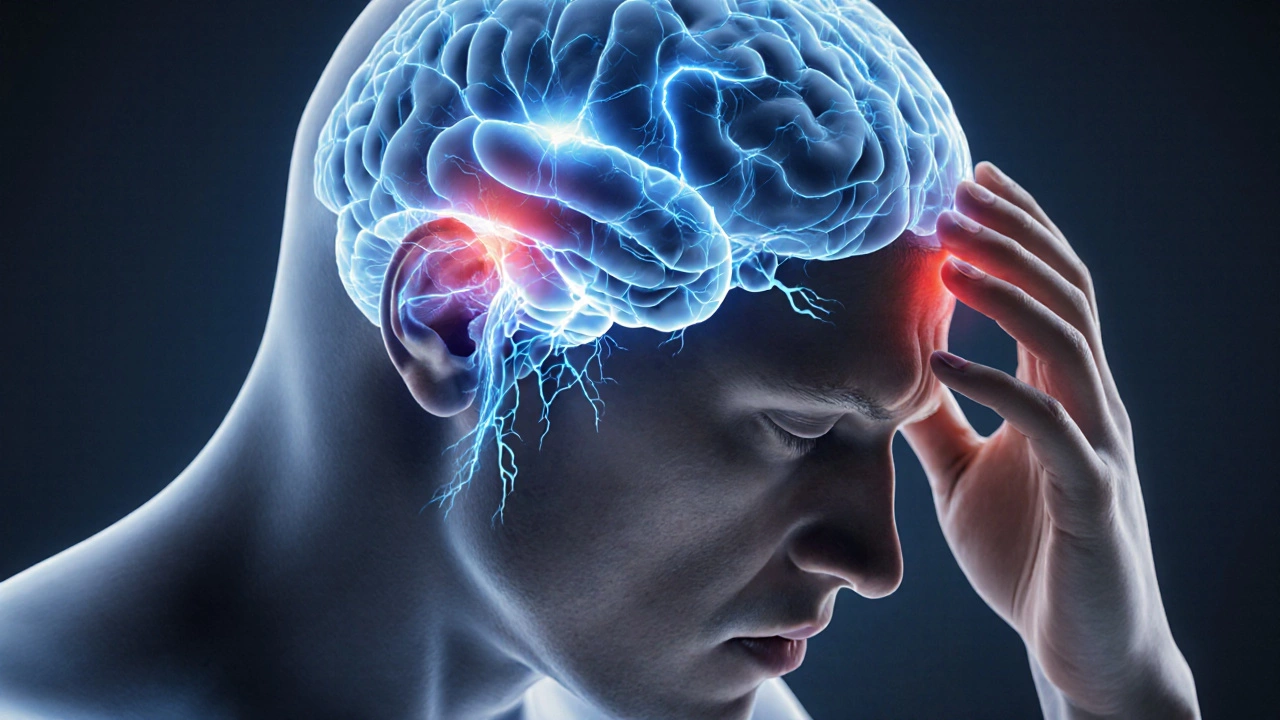Chronic Pain Management: Practical Strategies and Resources
When working with chronic pain management, the ongoing process of reducing persistent pain and improving daily function. Also known as long‑term pain control, it blends medical, physical and lifestyle approaches. A key element is understanding chronic pain, pain that lasts longer than three months and often resists standard treatments, and recognizing red‑flag symptoms, warning signs such as sudden weakness, fever or loss of bladder control that require urgent care. Complementary tools like self‑care strategies, daily stretches, mindfulness, pacing and ergonomic tweaks and targeted pain relief medication, prescription or over‑the‑counter tablets that modulate pain pathways form the backbone of an effective plan.
Why a holistic approach matters
Chronic pain management encompasses self‑care strategies, because lifestyle tweaks can lower pain spikes before medication is needed. It also requires early detection of red‑flag symptoms, as ignoring them can lead to complications and longer recovery times. Effective pain relief medication influences chronic pain outcomes, helping patients stay active and maintain mental well‑being. When these three pillars—self‑care, symptom monitoring, and medication—work together, patients often report better sleep, stronger mobility and reduced reliance on opioids.
Our curated collection below reflects this holistic view. You’ll find guides that explain how to spot danger signs, reviews of the best tablets for chronic pain relief, quick‑action tips for nerve pain emergencies, and step‑by‑step self‑care routines you can start today. Whether you’re newly diagnosed or have been living with pain for years, the resources are arranged to give you clear, actionable insight at every stage of your journey.
Take a look at the articles ahead and discover practical ways to reclaim comfort, confidence, and control over your health.

Unbearable Pain: Immediate Relief Steps & Long-Term Management
Learn fast actions, medication tips, and long‑term strategies to handle unbearable pain safely and effectively.
© 2025. All rights reserved.